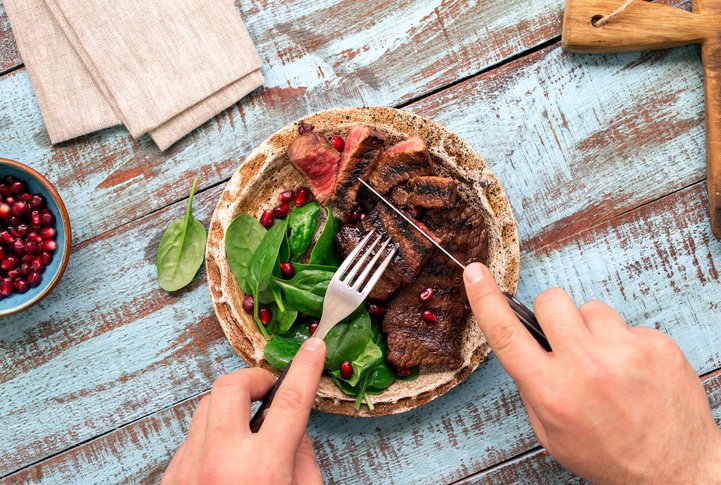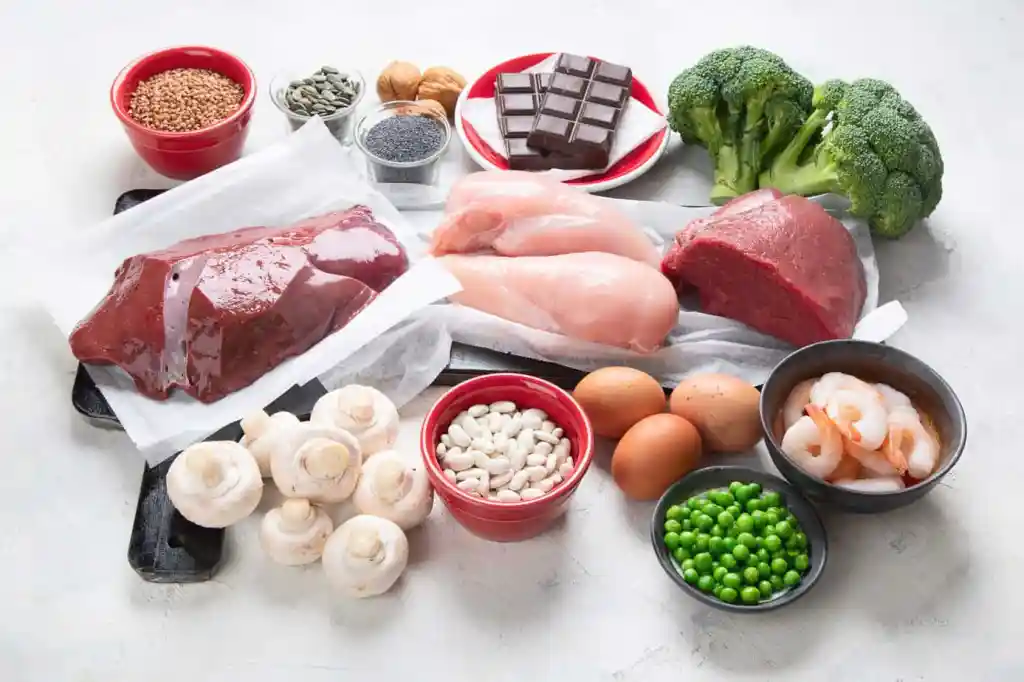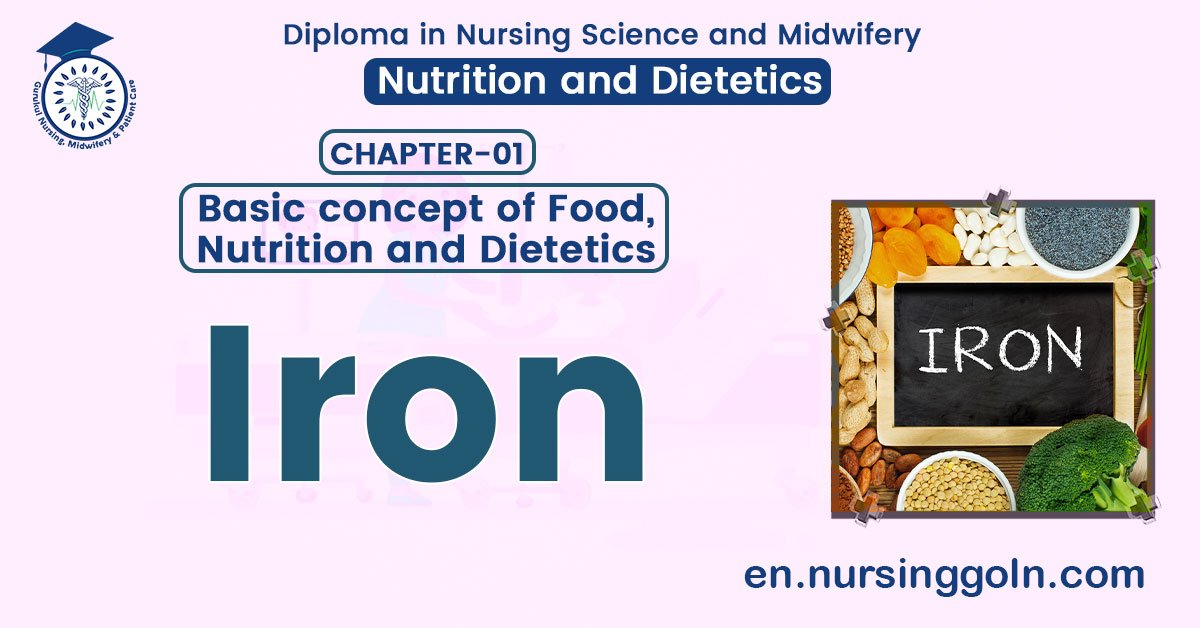Concept about Iron – This book covers the entire syllabus of “Nutrition and Dietetics” prescribed by BNMC-for all Diploma in Nursing Science and Midwifery students. We tried to accommodate latest information and topics. This book is examination friendly setup according to the teachers’ lectures and examination’s questions. At the end of the book previous university questions are given. We hope in touch with the book students’ knowledge will be upgraded and flourished. The unique way of presentation may make your reading of the book a pleasurable experience.

Concept about Iron
Iron (Fe):
Iron is of great importance in human nutrition. The adult human body contains between 4 to 5 gm of iron, of which about 60-70 percent is present in the blood (Hb iron) as circulating iron, and the rest (1 to 15 gm) as storage iron. Each gram of hemoglobin contains about 3.34 mg of iron. Unhealthy human beings the iron reserve is 1000 mg but in menstruating women in the plasma bound to a beta-globulin, transferring also known as siderophilin. Absorption of iron takes place in ferrous forms. Absorption of iron takes in the duodenum and upper jejunum. Fresh vegetables and green leafy vegetable contains iron. Deficiency of iron causes anaemia.
(Ref: Onila Salin’s Essential nutrition/1/43)
Sources of iron: There are two forms of iron-
| 1. Animal sources (Haem iron): |
|
| 2. Plant or vegetable sources (Non-haem iron) |
|
Functions of Iron
1. Formation of haemoglobin.
2. Brain development and function.
3. Regulation of body temperature.
4. Muscle activity and catecholamine metabolism.
5. Oxygen transport” and cell respiration are the main function of iron.
6. A lack of iron directly affects the immune system. It diminishes the number of T-cells and the production of antibodies.
7. Iron is essential for binding oxygen to the blood cells.
8. Iron is required as co-factor for other enzymes.
(Ref: T. K. Indrani/1/56)

Routes of iron loss:
- Physiological: menstruation, child birth
- Pathological: hook worm infestation, malaria, bleeding peptic ulcer, bleeding hemorrhoids
- Basal loss: Loss through urine, sweat and bile.
Total daily loss of iron:
- In adult: i mg
- Menstruating female: 2 mg
Effects of iron deficiency:
1. Nutritional anaemia (iron deficiency anaemia).
2. Impaired cell mediated immunity.
3. Reduced resistance to infection.
4. Increase morbidity and mortality
5. Diminished work performance.
Daily requirement of iron in different age:
| Age group | Requirement |
| Infants and children | 20-25 mg |
| Adolescent | 20-35 mg |
| Adults male | 24 mg |
| Adults female | 32 mg |
| Pregnancy | 40 mg |
| Lactating mother | 32 mg |
(Ref: T. K. Indrani/1″/58)

Causes of iron deficiency in our country:
1. Inadequate availability of iron (Fe) from the diet.
2. Increased blood loss.
3. Increased iron requirements.
Read more:
